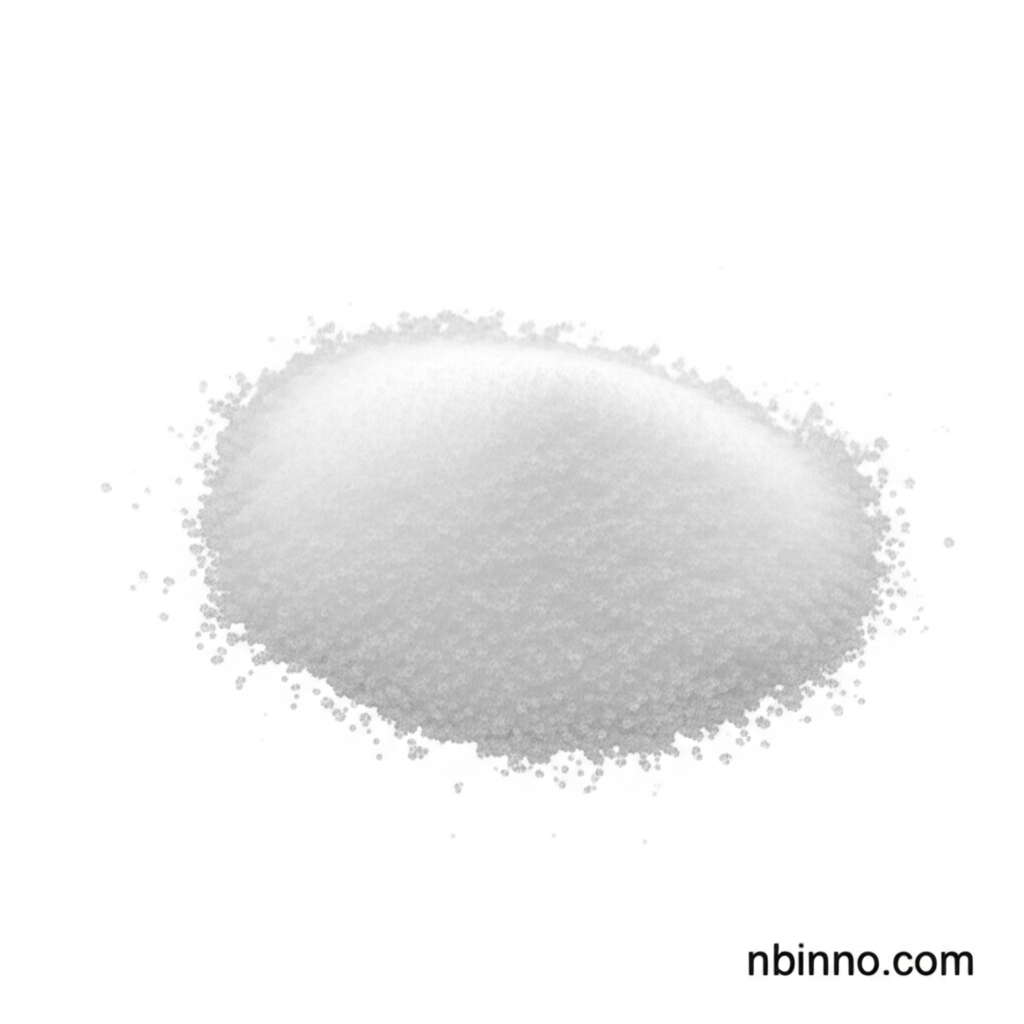4-(Aminomethyl)benzoic Acid: A Key Intermediate in Pharmaceutical and Material Science Innovation
Unlock cutting-edge research and development with this versatile bifunctional compound, essential for advanced chemical synthesis.
Get a Quote & SampleProduct Core Value

4-(Aminomethyl)benzoic Acid
4-(Aminomethyl)benzoic acid is a vital bifunctional compound widely recognized as a versatile pharmaceutical intermediate. Its unique structure, featuring both carboxyl and aminomethyl groups, makes it an indispensable building block for the synthesis of complex molecules, particularly in the pharmaceutical industry. This compound is instrumental in the development of advanced therapeutics, offering a pathway to novel drug candidates.
- This compound is a key building block for anticoagulant drugs and peptide mimetics, facilitating innovative pharmaceutical development.
- The presence of carboxyl and aminomethyl groups allows for diverse conjugation reactions, crucial for creating targeted therapeutics.
- In material science, it functions as an essential linker for polymer modification and surface functionalization, enhancing material properties.
- With high purity (>98%) and excellent water solubility, it is ideal for demanding medicinal chemistry applications and research.
Key Advantages
Versatile Synthesis Applications
Leverage the bifunctional nature of 4-(Aminomethyl)benzoic acid for its utility in synthesizing a broad spectrum of organic compounds, from drug discovery intermediates to specialized materials.
Enabling Advanced Therapeutics
Its role as a key intermediate in developing anticoagulant drugs and peptide mimetics highlights its importance in advancing medical treatments and improving patient outcomes.
Material Science Innovation
Utilize 4-(Aminomethyl)benzoic acid as a crucial linker for polymer modification and surface functionalization, paving the way for new material properties and applications.
Key Applications
Pharmaceutical Synthesis
Essential for synthesizing anticoagulant drugs, peptide mimetics, and other complex therapeutic agents, supporting advancements in drug discovery.
Biochemical Research
Used in biochemical assays and studies, aiding researchers in understanding metabolic pathways and enzyme activities for scientific breakthroughs.
Material Science
Acts as a critical linker in polymer modification and surface functionalization, leading to the development of advanced materials with tailored properties.
Cosmetic Formulations
Its properties contribute to pH adjustment and stabilization in cosmetic products, enhancing efficacy and shelf-life.
